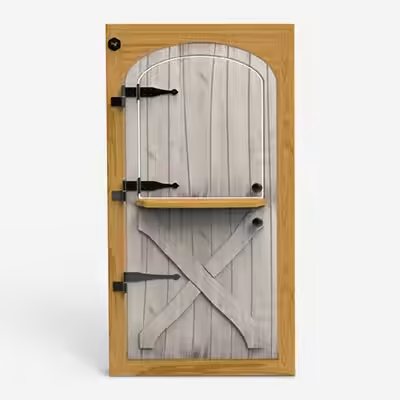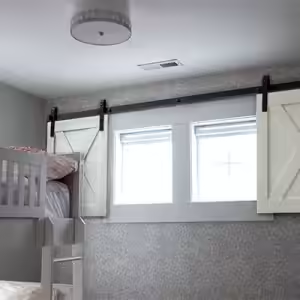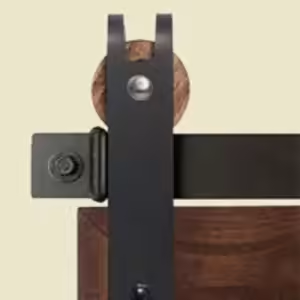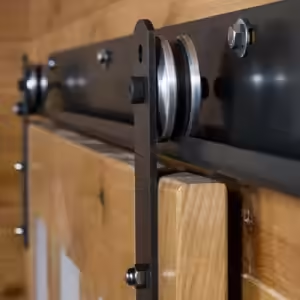How to Fix a Hole in a Door
- Gather Supplies
- Prepare the Door
- Fill the Hole
- Trim the Foam
- Apply Filler
- Sand the Door
- Texture and Paint
How to Fix a Hole in a Door
By following these easy step-by-step instructions, you’ll have a repaired door in no time and add a new skill to your toolkit. Let’s get started!1. Gather Supplies
First, gather all the supplies you’ll need to start and finish the job. Essentially, this project will require you to fill the hole and then add spray foam insulation. Once hardened, you scrape off the insulation and apply a filler. This is then sanded down and topped with primer and paint.- Tarp, drop cloth, or fabric sheet for your working area
- Rubber gloves
- Newspaper, loose paper, cardboard, or paper towels
- Low-expansion spray foam insulation (purchase one specifically for windows and doors)
- A dowel (optional—used for solid wood doors)
- Utility knife
- Filler for the hole (wood filler, auto body filler, or spackling)
- Putty knife
- Sandpaper (120 grit)
- Sanding block or orbital sander
- Disposable rags
- Paintbrush, primer, and paint
- Masking tape (optional)
- Room temperature vulcanizing (RTV) silicone rubber (optional—used for mimicking the door’s texture)
- Polyester or acrylic resin (optional—used for mimicking the door’s texture)
- Hammer and flathead screwdriver (optional—needed if removing the door)
- Worktable, bench, or sawhorses (optional)
2. Prepare the Door
For best results, remove the door from its hinges and lay it flat on a workbench or table. To remove a door from its hinges, tap out the pins of each hinge with a hammer and flathead screwdriver.3. Fill the Hole
Once you have your door and the hole fully prepped, it's time to fill the hole with loose paper/newspaper for a hollow door or a wooden dowel for a solid wood door.4. Trim the Foam
If you are using a wood dowel to repair a hole in a solid wood door, skip this step and move on to the next.5. Apply Filler
Now that the foam is completely flush with the door’s surface or the wood glue on the dowel is dry, it’s time to apply a filler. You can use wood filler, autobody filler, or a spackling compound. The strongest but most expensive filler is the autobody filler. This filler will result in a strong, durable, and permanent repair. Wood filler is the next best option and is more affordable, followed by a spackle compound.6. Sand the Door
Once the filler or wood putty has cured, sand it down with 120 sandpaper and a sanding block or orbiting sander. Start with 120-grit and then work your way up to 220-grit, which will produce a smooth finish. If you want it to be extremely smooth and polished, you can work up to 320-grit sandpaper. While this isn’t necessary, will give it an extra smooth coating.7. Texture and Paint
If your door has a smooth (non-textured) surface, the final step in this door repair project is priming and painting the door. Some wood fillers don’t require primer, but most auto body fillers will need a coat of primer for proper paint adhesion. Plus, a coat of primer will minimize the number of paint coats you’ll need to conceal the wood filler, so it may be best to apply primer even if it’s not necessary for your filler.When Should I Replace a Door?
In some instances, it’s best (and more cost-effective) to replace the door rather than repair it. This is especially true for a hollow core interior door that is relatively cheap to replace. However, whether you have a hollow core or solid wood door, you’ll want to replace your door if:- The hole is larger than six inches.
- The door has multiple holes and cracks.
- The door’s overall structural integrity is weak.
- The hole punched through the other side of the door.
- It’s an exterior hollow core door.

 800-891-8312
800-891-8312











-1601395521090.avif)























